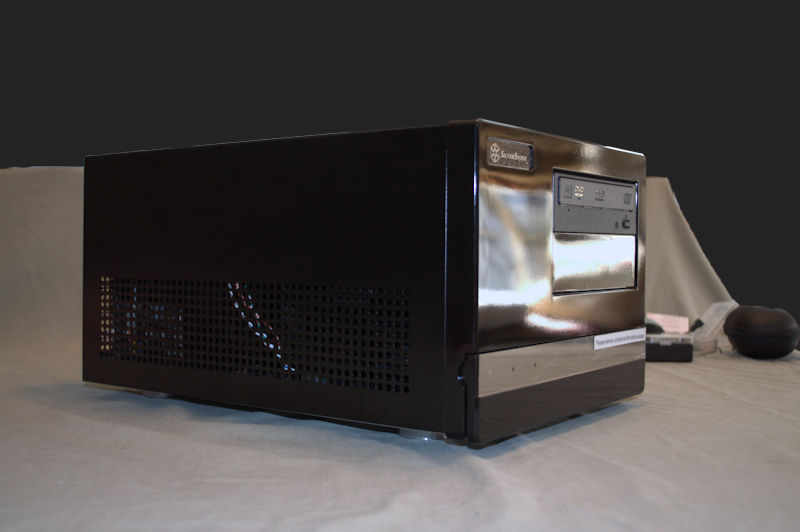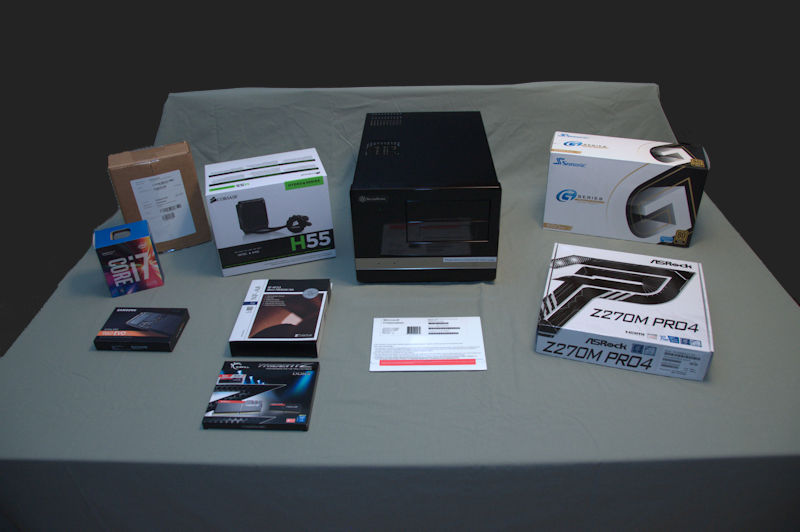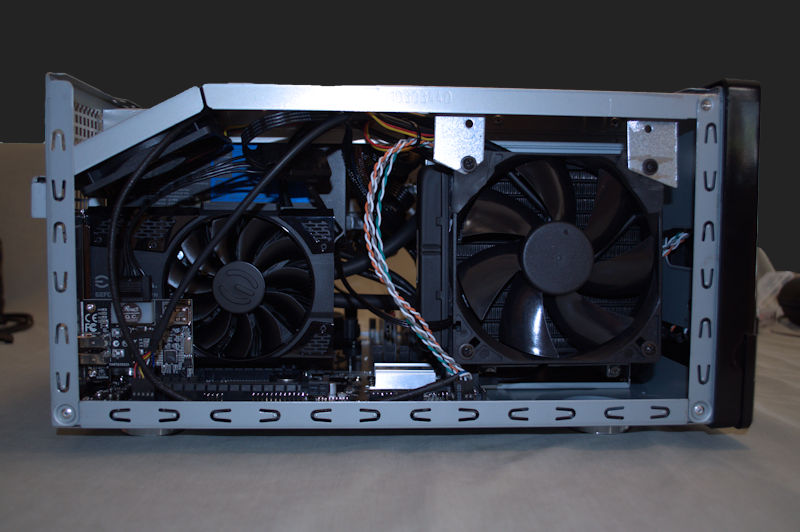While I was completing my initial training for WordPress, I was working on my desktop computer. I have also have a Microsoft Surface Pro 3 which I enjoy a lot. However, when doing a lot of development, and especially if I’m also undergoing training at the same time, I prefer sitting at my desk and using a full size keyboard, mouse, and my dual monitor display. I used this basic setup for work for many years. While this system was quite old in computer “years” (I had built this system in 2009), performance was okay because I was running WordPress from a hosting service.
As soon as I began developing my home automation site, it was obvious that my aging system (it’s not just me) was not going to cut it. In developing my HA website I’m using the Orchard Project CMS. I’m using the Orchard Project because it is open source and developed using Visual Studio C#, the .NET framework and MVC. The development environment with which I’m most familiar. Because I’m using this opportunity to further develop my skills as well as develop an online community to support DIY home automation, I’m running the full source code on my local machine. Compiling and displaying my site on the old hardware was excruciatingly slow and I deserved (or, at least “I wanted”) an new computer.
When it comes to portable devices I pretty much have to find some mass produced machine that fulfills as many of my needs and desires that fits within my budget. But when it comes to other computing platforms, I prefer to build my own, making my own decisions about what goes into the system. I have built every desktop or specialty system that I’ve used since the mid 90s. In fact, the 2009 system is housed in a case I used to build my first system. I’ve upgraded the motherboard, processor, and other components to build several systems in this case. Since this system contains a large amount of redundant disk storage utilizing Windows Storage Spaces, I intend to keep it online as a “headless” home server.
Since I’m keeping my existing system as a server with all of its storage for photo, video, music, and digital document archives, that gives me more freedom in design choices for my new system. Since I built an HTPC (home theater PC) back around 2000, when high definition and DVRs were uncommon, I’ve always been interested in the challenges of fast, small form factor (SFF), and quiet computers. So I had the parameters for my new PC. First and foremost, it had to be fast. Intel Core I7 processor was a must, but other components can contribute as much or more to a system’s performance today. I also wanted as small a system as possible, because I was still going to have my old tower hanging around as a server. I had built a very compact system a few years back from a “barebones” kit. While it used some standard components and performed well at the time, it was eventually done in by the failure of non-standard components that would be expensive and difficult to replace. So the new system had to use components that met some industry standard that was supported by many vendors. Since the computer was going to sit next to me on my desktop, it had to be relatively quiet. Quiet was actually a bigger criterion for my HTPC than was performance, but the techniques I learned there would help here as well.
The System
Balancing the sometimes competing requirements outlined above, here is the system I built.

In a future post, I plan to describe my build in detail. In the meantime, if you are interested in reviewing the components here is what’s inside.

| Component | Description |
|---|---|
| Case | Silverstone Tek SG02B-F-USB3.0 ABS/SECC Steel MicroATX Desktop Computer Case with 2X USB3.0 Front Ports Cases (Black) |
| Motherboard | ASRock Motherboard Z270M PRO4 |
| Processor | Intel Core i7-7700 Desktop Processor 8M Cache, up to 4.20GHz7th Generation (BX80677I77700) |
| RAM | G.SKILL 16GB (2 x 8GB) TridentZ Series DDR4 PC4-25600 3200MHz for Intel Z170 Platform Desktop Memory F4-3200C16D-16GTZ |
| Storage | Samsung 960 EVO Series – 500GB NVMe – M.2 Internal SSD (MZ-V6E500BW) |
| Power Supply | SeaSonic G Series 550-Watt ATX12V/EPS12V SLI Ready CrossFire Ready 80 PLUS GOLD Certified Modular Active PFC Power Supply SSR-550RM |
| CPU Cooling | Corsair Hydro Series H55 Quiet Edition Liquid CPU Cooler |
| Case Cooling | Noctua NF-A8 FLX Premium 80mm PC Computer Case Fan |
| Optical Drive | LG Electronics Internal Super Multi Drive Optical Drives GH24NSC0B |
| Operating System | Microsoft Windows 10 Pro 64 Bit OEM |
| The graphics card listed below is not shown in photo above because the original build was done with the on-board video. While the on-board video is more than adequate for most text, I decided that I wanted a little more performance and a DisplayPort output for a future high-performance monitor. | |
| Graphics Card | EVGA GeForce GTX 1050 Ti SC GAMING, 4GB GDDR5, DX12 OSD Support (PXOC) (04G-P4-6253-KR) |
| The descriptions above link to a product page on Amazon. I may receive an affiliate commission if you purchase from the link.
Here is a naked view of my new computer. As you can see, it is quite stuffed.  The large fan on the right side is attached to the radiator for the sealed liquid CPU cooler. I had to fashion some custom brackets to hang the radiator to the left of the drive bays. I only secured it the top of the case. Because of the relatively slow speed I’m able to run the fan, along with rubber insulators I cut from an old bicycle inner tube, the two brackets hold the radiator without allowing a lot of noise. Because I’m using the Samsung 960 EVO – M.2 Internal SSD |
|